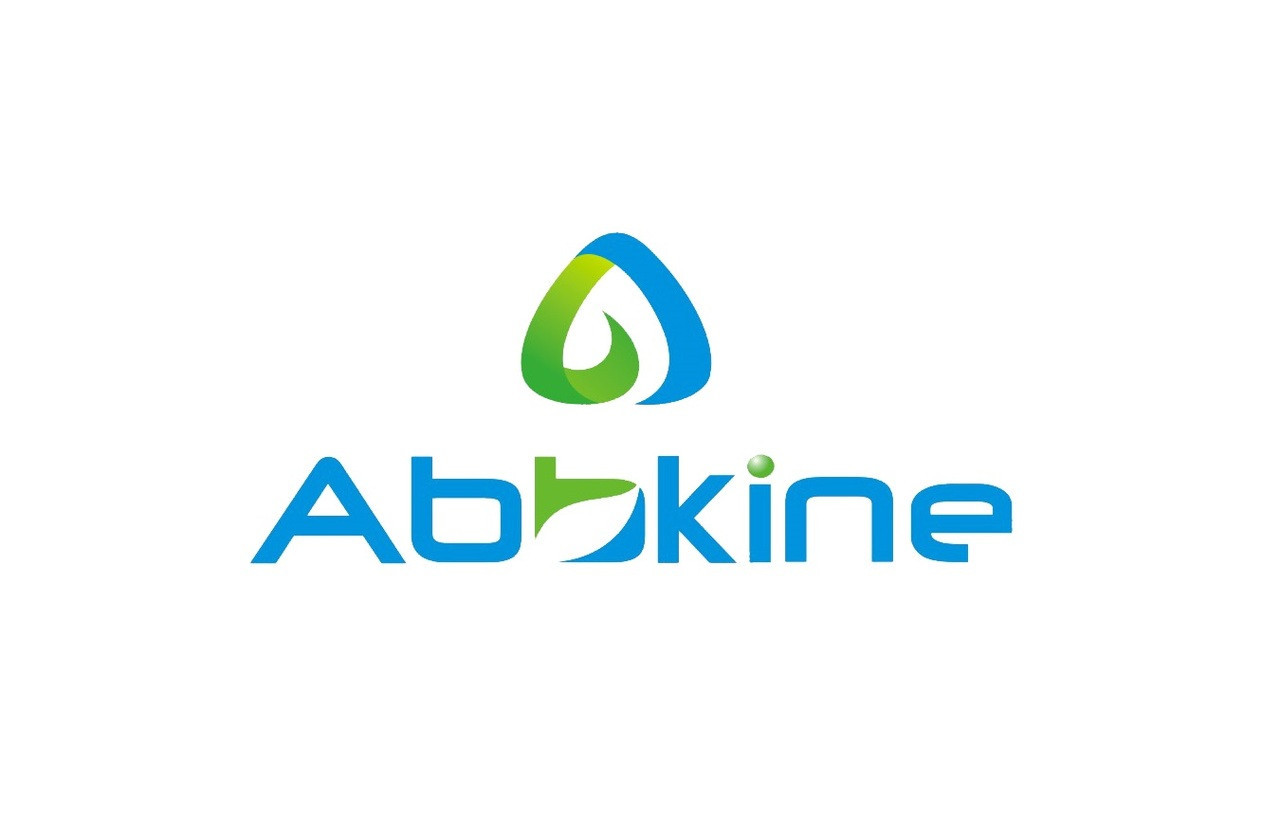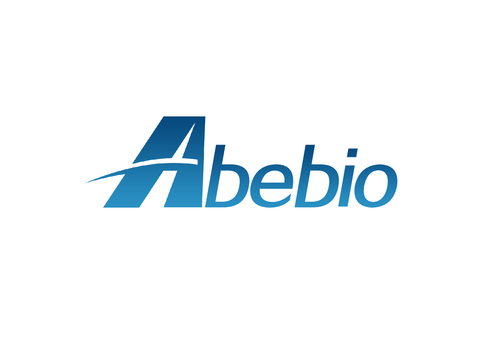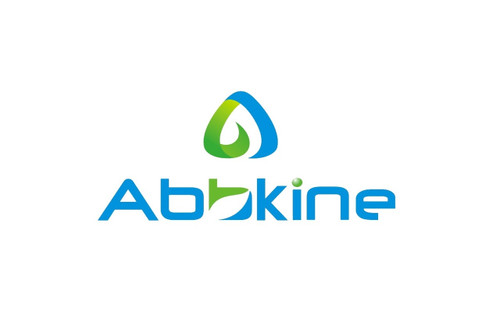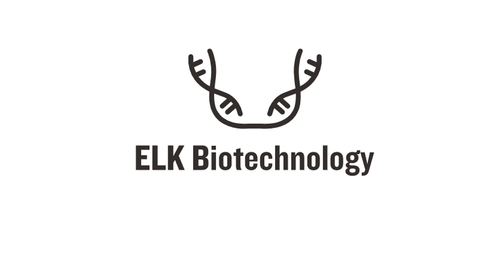Product Description
Human Patatin-like phospholipase domain-containing protein 3 (PNPLA3/ADPN/C22orf20) ELISA Kit | KTE61199 | Abbkine
Application: This Human Patatin-like phospholipase domain-containing protein 3 (PNPLA3/ADPN/C22orf20) ELISA Kit employs a two-site sandwich ELISA to quantitate PNPLA3 in samples. An antibody specific for PNPLA3 has been pre-coated onto a microplate. Standards and samples are pipetted into the wells and anyPNPLA3 present is bound by the immobilized antibody. After removing any unbound substances, a biotin-conjugated antibody specific for PNPLA3 is added to the wells. After washing, Streptavidin conjugated Horseradish Peroxidase (HRP) is added to the wells. Following a wash to remove any unbound avidin-enzyme reagent, a substrate solution is added to the wells and color develops in proportion to the amount of PNPLA3 bound in the initial step. The color development is stopped and the intensity of the color is measured.
Detection Method: Colorimetric
Conjugate: N/A
Sample Type: Cell culture supernatants#Serum#Plasma#Other biological fluids
Assay Type: Multiple steps standard sandwich ELISA assay with a working time of 3-5 hours. It depends on the experience of the operation person.
Kit Component: • Human Patatin-like phospholipase domain-containing protein 3 microplate
• Human Patatin-like phospholipase domain-containing protein 3 standard
• Human Patatin-like phospholipase domain-containing protein 3 detect antibody
• Streptavidin-HRP
• Standard diluent
• Assay buffer
• HRP substrate
• Stop solution
• Wash buffer
• Plate covers
Features & Benefits: Human Patatin-like phospholipase domain-containing protein 3 (PNPLA3/ADPN/C22orf20) ELISA Kit has high sensitivity and excellent specificity for detection of Human PNPLA3. No significant cross-reactivity or interference between Human PNPLA3 and analogues was observed.
Calibration Range: Please inquire
Limit Of Detection: Please inquire
Usage Note: • Do not mix components from different kit lots or use reagents beyond the kit expiration date.
• Allow all reagents to warm to room temperature for at least 30 minutes before opening.
• Pre-rinse the pipet tip with reagent, use fresh pipet tips for each sample, standard and reagent to avoid contamination.
• Unused wells must be kept desiccated at 4 °C in the sealed bag provided.
• Mix Thoroughly is very important for the result. It is recommended using low frequency oscillator or slight hand shaking every 10 minutes.
• It is recommended that all samples and standards be assayed in duplicate or triplicate.
Storage Instruction: The unopened kit should be stored at 2 - 8°C. After opening, please store refer to protocols.
Shipping: Gel pack with blue ice.
Precaution The product listed herein is for research use only and is not intended for use in human or clinical diagnosis. Suggested applications of our products are not recommendations to use our products in violation of any patent or as a license. We cannot be responsible for patent infringements or other violations that may occur with the use of this product.
Background: PNPLA3 is a triacylglycerol lipase that mediates triacylglycerol hydrolysis in adipocytes. The encoded protein, which appears to be membrane bound, may be involved in the balance of energy usage/storage in adipocytes. The glucose-induced increase in Adpn expression could be countered by agents known to raise intracellular cAMP. In vivo, Adpn mRNA was high in white and brown adipose tissue from fed mice, but it dropped to barely detectable levels after 19 hours of fast. Refeeding for 8 hours reversed the drop in Adpn mRNA. Fas and Srebp1c mRNA exhibited a similar pattern of expression. Just after a feeding period, Zucker fa/fa obese rats showed 30- to 50-fold elevation of Adpn mRNA relative to congenic lean controls.
Alternative Names: PNPLA3; RP4-796I17.1; ADPN; C22orf20; iPLA (2) epsilon; adiponutrin
Search name: PNPLA3; RP4-796I17.1; ADPN; C22orf20; iPLA (2) epsilon; adiponutrin
Tag: PNPLA3
 Euro
Euro
 USD
USD
 British Pound
British Pound
 NULL
NULL












